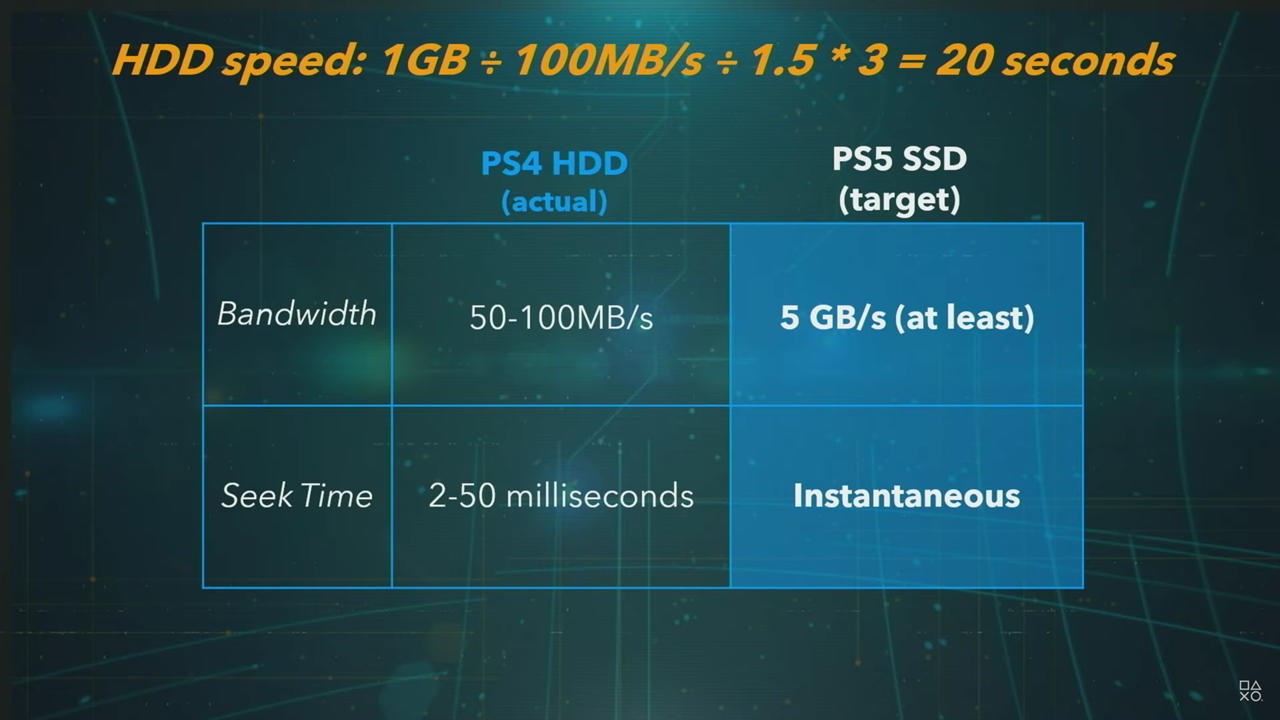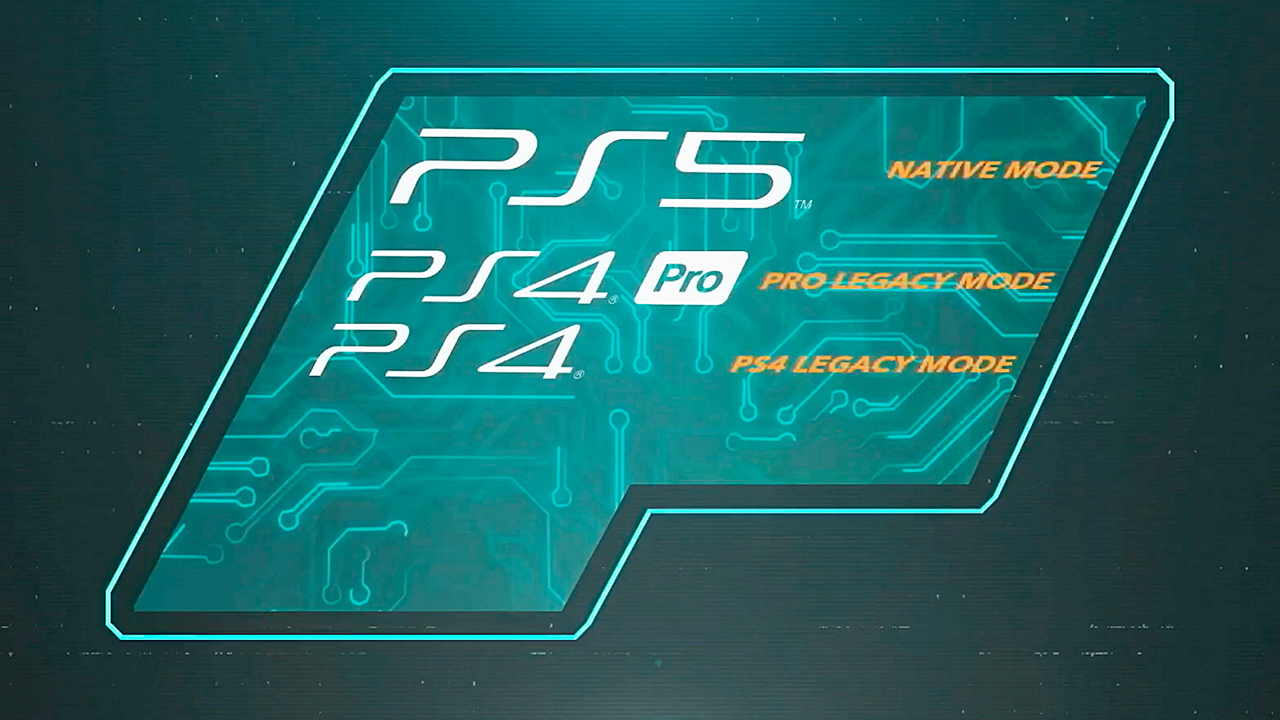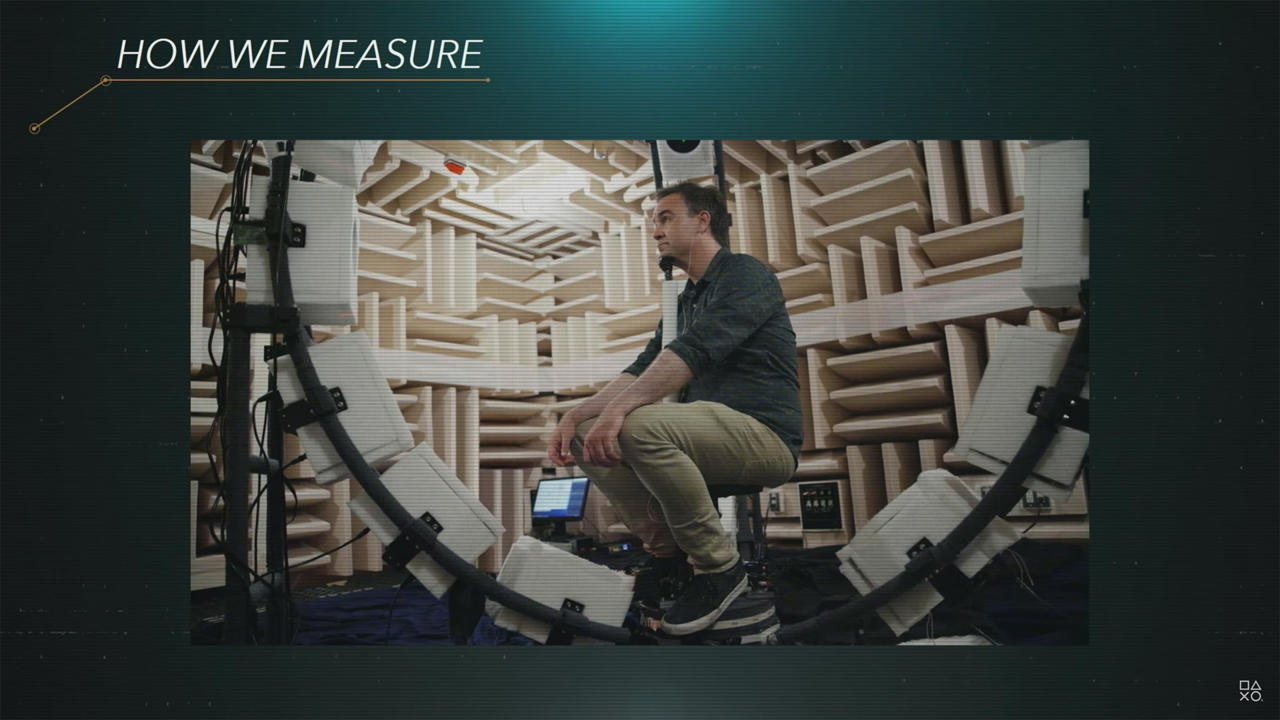7 Big PS5 Takeaways From Sony's Specs Reveal
Confused by Mark Cerny's PlayStation 5 deep dive? These are the most important details, and what they mean for next-gen PlayStation gaming.
Not long after Microsoft brought to light a ton of new info on Xbox Series X, Sony announced that it would broadcast a video featuring Mark Cerny, lead console architect behind PS5, diving deep into the next-gen console tech that would define "the future of gaming." For many, it's about time, as there's very little known about PS5 in the lead up to this presentation.
Now that the broadcast has passed, what did we learn? It was a dense presentation by Cerny that outlined an incredible number of details and data points, but it may have been hard to follow if you aren't at least somewhat familiar with the rapid-fire delivery of terms and concepts. To help distill all that valuable specs info down into something digestible, we've got a quick hit list of important takeaways. Let's start with the most familiar PS5 talking point thus far: loading time, or rather, the lack thereof.
PS5 Loads Games 100x Faster Than PS4
The first point Cerny addressed was the approach to developing the PS5 hard drive, or more accurately, the PS5 solid-state drive solution, which includes both the drive itself and the chipsets that control the flow of data.
The stock PS4 HDD loads data at the rate of 50-100MB/s, depending on where the data is being read from on the HDD's internal platter. Because it's a mechanical device in nature, there is time spent moving the reading head across the disk to locate data scattered around the drive. Ever heard of defragmenting a HDD? Due to the nature of the technology, data isn't stored sequentially, but is rather fed to free space here and there across the disk over time as files are added and deleted, requiring laborious movements inside the HDD to access it all. Defragging puts things back in order, but it's not something that can be done in real time, so it never lasts for long.
SSDs, on the other hand, use flash based memory rather than a physical disk, and thus there is no seek time to be accounted for. The base read speed and transfer rate are also exceptionally higher, and the concept of fragmentation is no longer relevant.
For PS5, Sony's target bandwidth for its SSD is a whopping 5GB/s. In very rough terms, you can expect games to boot, levels to load, and fast-travel sequences (if they are even required anymore) to transpire 100 times faster than on PS4. In other words, Sony is more or less promising to make staring at loading screens a thing of the past.

PS5 Will Ship With An Unusual 825GB Drive
Sony is able to reach for such high transfer rates because it has developed custom drive controllers and accompanying technologies built specifically for PS5. Part of that is the size of the drive itself. According to Cerny, at 825GB, the drive's flash configuration is perfectly suited for the flash controller, which consists of, in part, a twelve-channel interface. The size of the drive was also determined in part by player behavior, by looking at collected data from the 100 most-popular PS4 games. Cerny said his team believes that, given the advancements in its SSD tech, people will be more comfortable cycling game installs in and out of their console in the future, and that 825GB should be enough for typical player needs under these circumstances.
You Can Add Storage, But Only With Specific SSDs
If that's not enough, you will also be able to add your own SSD (of the M2 variety) into a bay on your PS5. However, support will be limited to certain drives based on their form-factor and performance ratings--PCIe 4.0 support is a must. Given that Sony is developing all of this technology with developers (as well as players) in mind, you won't be able to install an inferior drive into your PS5 because it would disrupt the pipeline with too-slow performance. Sony is currently benchmarking a large number of drives to identify that list of supported products.
PS5 GPU R&D Could Define The Future Of AMD's PC Graphics Cards
Cerny made clear that, despite working with AMD's familiar RDNA2 GPU architecture, the two companies were devising custom implementations suited specifically for the needs of PS5 in tandem. PS5 is not using an existing part from AMD and simply putting it in its next console, and in fact, the findings that come from this partnership are likely to appear in future PC graphics cards from AMD. A reasonable person might suspect this is also the case for AMD's work with Microsoft on Xbox Series X. What does this mean for the PS5 user? Not much, except for the peace of mind knowing that their console is in many ways built on cutting-edge technology.

Almost 100 Backward Compatible PS4 Games At Launch
Cerny noted that AMD took the issue of backward compatibility very seriously when developing the PS5's custom chips, and that it's a given to be a part of every future iteration of PS5 hardware--there's no extra hardware involved, as there was in the case of early PS2-capable PS3 consoles.
However, because the performance increase for things like storage, RAM, and GPU functions from PS4 to PS5 is so dramatic, not every PS4 game is able to simply work out of the box. Testing has to be done on a game-by-game basis, and Cerny claims that Sony has put the top-100 PS4 games based on playtime through the paces, and he expects almost all of them will be supported on PS5 at launch.
PS5 Is Designed To Be Quiet
Modern consoles traditionally rely on the demands of a given game to dictate how much power a console uses at any moment, and thus, how hot your system gets and how loud its fans have to spin in order to cool it down. Cerny openly acknowledged the wild fluctuations in temperatures and fans speeds that PS4 users often face, and said that this was a concern taken seriously during development of PS5. To overcome this, Sony designed PS5 to always draw the same amount of power, and implemented a cooling solution specifically for the conditions that result. This will (hopefully) be quiet enough so as to not interrupt your gameplay experience, but at the very least you shouldn't experience any swings in either temperature or the sound of the PS5 fan(s).
PS5 Will Deliver Enhanced, Proprietary 3D Audio
Cerny spent a large chunk of time focused on PS5's 3D audio capabilities, based on a custom solution developed by his team. This is both a hardware unit and a collection of proprietary algorithms, collectively referred to as Tempest 3D AudioTech--named for the conceptual intensity of a powerful audio experience, and for the sense of presence that comes from an effective 3D audio experience. The hardware piece of Tempest is designed around GPU tech--imagine how ray tracing calculates bouncing light sources, so, too, can it measure bouncing audio sources. In effect, Cerny claims that this tech can simulate hundreds of distinct sound sources--it could do more, technically, but because of the algorithms behind the 3D audio suite, the overhead required limits the number of sources, albeit still to a very reasonable number.
Because Sony is going its own way and not relying on existing tech and devices from the likes of Dolby, that means you'll benefit from being able to bring your own devices into the equation, but it also may take Sony multiple years to get it right. Consider, as Cerny posited, that it has to develop this tech to suit everything from TV speakers to headphones to surround-sound speaker setups, and the complexities involved begin to take shape. Will the Tempest 3D audio experience feel similar across these scenarios? It seems unlikely, but Cerny says Sony is giving it a go. Headphone implementation, anyway, is largely complete at this time.

Due to the fact that everyone's ears operate differently, and that the specifics within the Tempest algorithms are so precisely tuned, Sony will offer five different audio at launch to target the most common hearing-related variables among its hundreds of test subjects. Moving forward, he theorized that users may, eventually, be able to send Sony a photo of their ear or a video of their to be run through a neural network which can calculate a new profile based on your unique characteristics. It's an open-ended research topic, he admits, so the future of the tech as it relates to PS5 is somewhat up in the air.
PS5, Xbox Series X, Switch And More Games Coverage
- Gran Turismo 7 Delayed To 2022 Due To Challenges Related To COVID-19
- Sony Announces New PSVR Headset For PS5
- PS5 Restock Tracker: Latest Updates For PS5 Availability
- + Show More PS5, Xbox Series X, Switch And More Games Coverage Links (2)
- How To Sign Up For Diablo 2: Resurrected's Alpha
- Splatoon 3 Announced For Nintendo Switch, Coming In 2022
We Still Don't Know What PS5 Looks Like, When It Releases, Or What It Will Cost
Parsing through Cerny's presentation isn't easy, but it reveals a lot of promising insights into PS5. There is still the question of the basics, however, and as a result the PS5 remains a somewhat abstract concept. We know what Xbox Series X looks like, and it's nothing like an Xbox One. Will PS5 follow a similar path?
More importantly, when taking in all of these bells and whistles and the promises therein, the question of cost comes to mind. Neither PS5 nor Xbox Series X has a price tag yet, but it's a major factor for a lot of people when deciding which next-gen console to adopt.
Cerny made mention of future announcements, such as a list of launch titles and a teardown of the PS5 console. Until those come to pass, we will have to ruminate on a number of the same questions we hoped would be answered today.
In the meantime, if you've got the latest PS5 info under your belt, why not take a closer look at what Microsoft is doing with Xbox Series X. Digital Foundry delivered a heap of insightful info around Xbox Series X's specs. Microsoft also laid out multiple videos and details, including a closer look at how ray tracing will benefit Xbox games, an example of Xbox's own reduced load times, and proof that Series X, though similarly shaped, is smaller than your average refrigerator.
Got a news tip or want to contact us directly? Email news@gamespot.com
Join the conversation